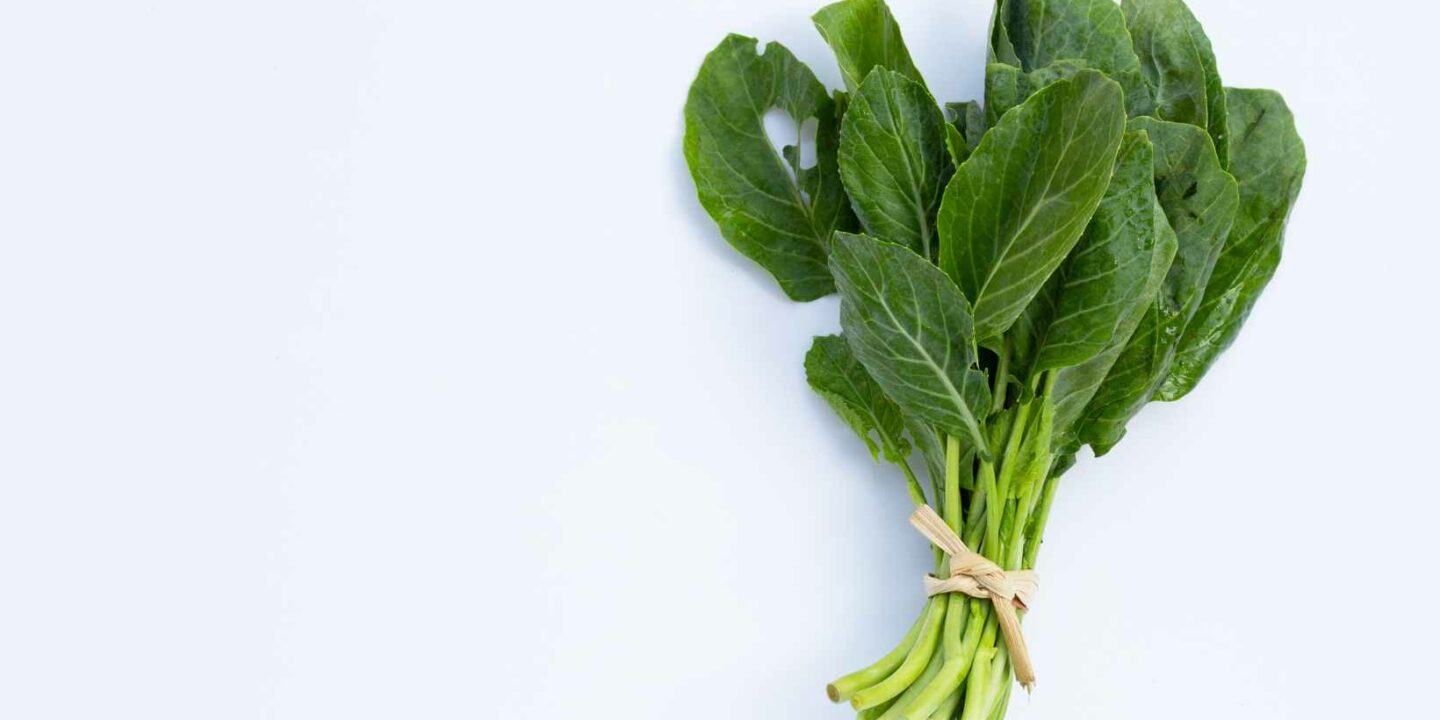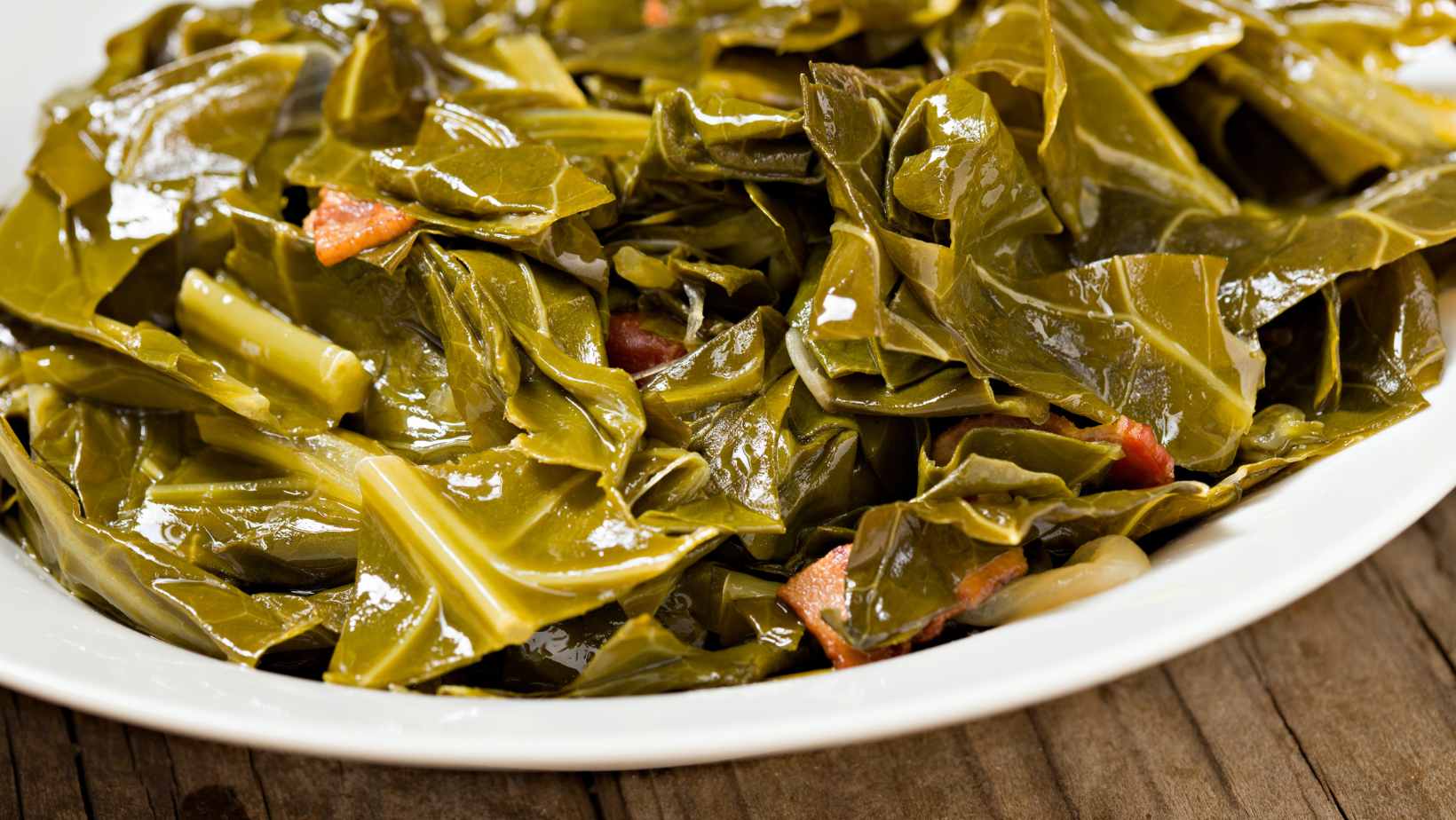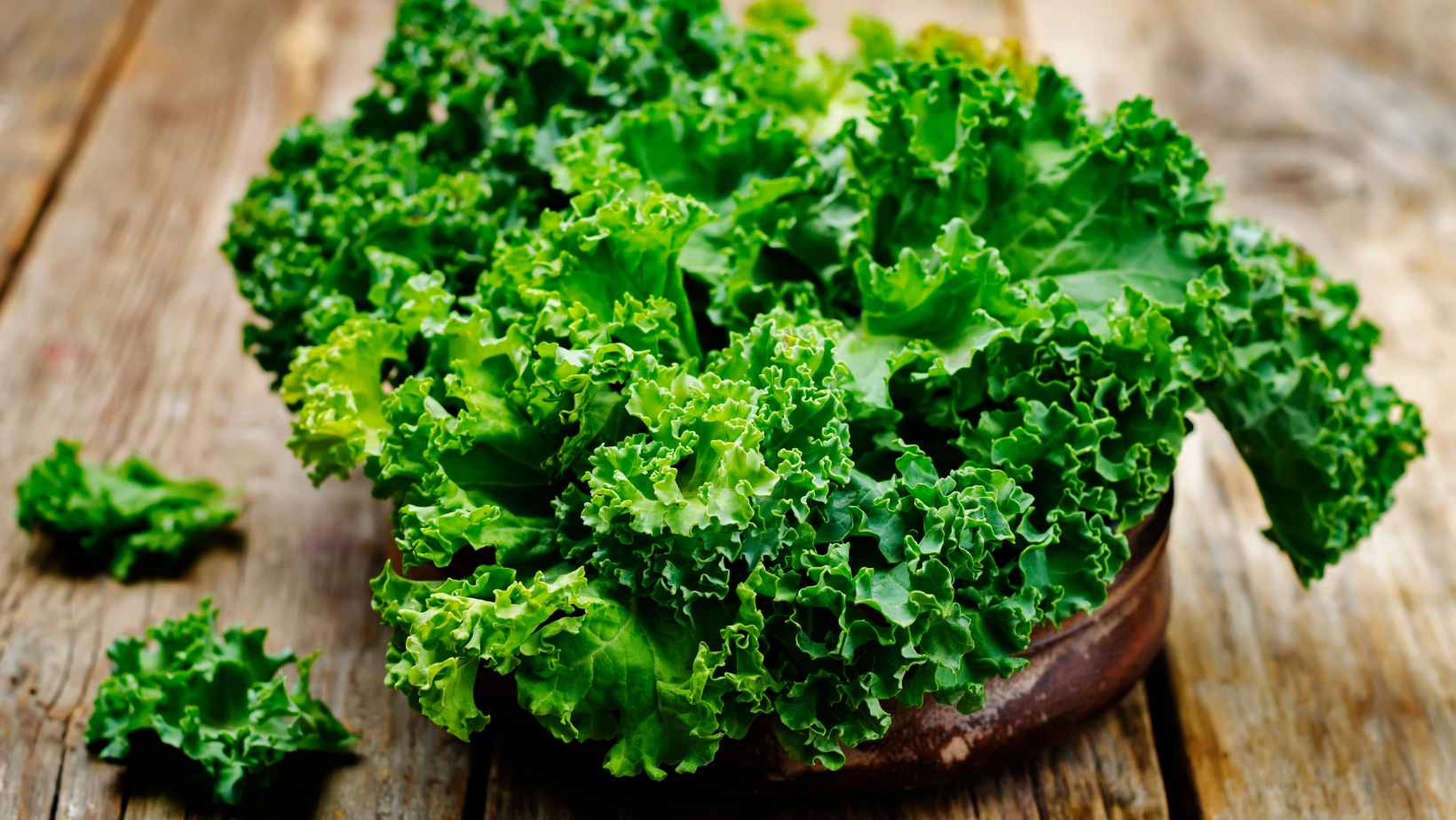
Collard Greens: Effective Techniques for Harvesting and Storage
Harvesting collard greens is a crucial step in retaining their flavour, texture and nutrition. It is important to follow proper techniques to ensure that the plant remains healthy and productive for future harvests.
- Timing: Collard greens are best harvested when the leaves are young, tender and bright green. You can start harvesting the outer leaves at around six weeks after planting.
- Method: Use a sharp knife or scissors to cut the outer leaves from the lowest part of the stem. Cut off only a few leaves at a time, leaving at least 4-6 leaves on the plant.
- Frequency: Collard greens can be harvested on an ongoing basis as long as there are enough fully grown leaves left for photosynthesis.
- Storage: Immediately after harvesting, rinse off dirt and store in an air-tight container in the refrigerator. You can also blanch them briefly before freezing them for long-term storage.
To keep your collard greens happy and healthy even after harvesting, avoid picking too many of its leaves all at once. Instead, remove only what you need and let the plant continue to grow.
Don’t miss out on fresh and nutritious collard greens by overlooking proper harvesting techniques! Implement these tips to ensure optimal yield every time.
Get ready to scrub-a-dub-dub your collard greens, because cleanliness is next to deliciousness.
Best Practices for Cleaning and Preparing Collard Greens
Cleaning and preparing collard greens for consumption can be a daunting task, especially for those new to this green leafy vegetable. To achieve the best results, it is essential to follow specific guidelines on how to clean and prepare these greens effectively.
Here is our 4-step guide to the Best Practices for Cleaning and Preparing Collard Greens:
- First, separate the leaves from the stems.
- Rinse each leaf thoroughly under running water.
- Cut off any brown spots or damaged areas of the leaves.
- Chop the leaves into bite-sized pieces for cooking.
It’s worth noting that collard greens are susceptible to becoming contaminated by pesticides and other chemicals found in commercial farming techniques. Therefore, it’s crucial to opt for organic sources if you want to avoid these toxins.
When cooking with collard greens, consider incorporating them into soups or stews as they benefit from extended simmering times, leading to tender and flavorful results.
A dear friend once shared a tip on how she likes her collard greens cooked; she lightly steamed them in garlic-infused butter before serving as an appetizer at a dinner party. It was an instant hit!
Keep collard greens fresh and green by giving them the cold shoulder – store them in the fridge like the distant relatives you only see on holidays.
Recommended Storage Conditions for Collard Greens
To ensure the longevity of your freshly harvested collard greens, it is crucial to store them correctly. In this section, we present solutions for recommended storage conditions for collard greens to prevent spoilage and maintain their nutrient value. We will cover three methods for preserving your collard greens: storing them in the refrigerator, freezing them for long-term storage, and preserving them in canning jars.
Storing Collard Greens in the Refrigerator
When it comes to storing collard greens, there are a few essential things you need to know. Here are six tips for the best results:
- Wrap fresh collard greens in damp paper towels
- Place the wrapped collards in a plastic bag
- Avoid washing your collard greens until you’re ready to use them
- Remove any damaged or wilted leaves before storing
- Store your collard greens in the crisper drawer of your refrigerator
- Collards will typically keep for up to five days when stored correctly.
It’s also worth noting that collard greens should be kept away from fruits and vegetables that produce ethylene gas, which may cause them to wilt prematurely.
Remember, properly storing your collard greens can help ensure that they stay fresh and delicious longer.
To avoid wasting a single leaf of these nutritious greens, don’t forget to apply our top tips the next time you try to store them.
Why let your collard greens wilt away when you can freeze them and preserve their unexpected sense of humor?
Freezing Collard Greens for Long-Term Storage
To store collard greens for an extended period, freezing them is a suitable option. Here’s a guide to freeze collard greens for long-term storage.
- Start by washing the fresh collard greens and drying them thoroughly with paper towels.
- Remove any damaged or wilted leaves and cut the remaining leaves into desired sizes.
- Blanch the collard greens in boiling water for 3-4 minutes before immediately cooling them down in cold water.
- Pack the blanched and cooled collard greens in an airtight container or freezer safe bag, removing as much air as possible before freezing.
For best results, consume frozen collard greens within eight months of freezing. It is essential to note that defrosted frozen collard greens may get watery and loose their texture; thus, avoid using them in dishes where texture is crucial.
It is worth noting that the recommended storage conditions for fresh collard greens differ from that of frozen ones. While fresh ones can be stored tightly wrapped in plastic bags in the refrigerator’s crisper drawer for up to ten days, storing them frozen requires different considerations.
According to recent research, consuming cruciferous vegetables like collard greens can lower cancer risk (source: National Cancer Institute).
A jar of preserved collard greens is like a time capsule of flavor, waiting to be opened and savored…or used as a last resort during the apocalypse.
How to harvest collard greens
Preserving Fresh Collard Greens in Jars
Preservation of collard greens is essential to extend their shelf life and freshness. Canning is an ideal method to store fresh collard greens for an extended period. Here’s a simple 3-step guide to preserving collard greens in canning jars.
- Step 1: First, clean and wash the collard greens, ensuring that there’s no dirt or insects left on them.
- Step 2: Cut the cleaned and washed collard greens into small pieces and blanch them in boiling water for around three minutes.
- Step 3: Drain the hot water from the blanched collard greens before packing them into desired jars with proper lids and sealing them adequately. The sealed jars can then be stored safely in a cool, dry place at room temperature.
While storing canned preserved collard greens, it requires regular checking of their safety seal. Any damaged jar should be discarded immediately as they may lead to contamination.
Ensuring proper storage conditions is vital for extending the life of fresh produce, including collard greens. A bonus tip is to use ceramic-colored glass containers for storage instead of clear glass as sunlight can cause changes in color or quality over time.
A chef once shared how his family cherished the experience of picking fresh vegetables from their garden for canning purposes every season. They would gather together not only to preserve but also create precious memories that lasted even after consuming those freshly preserved goods.
Choosing the right storage container for your collard greens is like finding the perfect partner – you want something sturdy, reliable, and won’t let your greens wilt.
Tips for Choosing the Best Storage Containers for Collard Greens
For those wondering about the best way to store collard greens after harvest, choosing the right storage container can be key. Here are some helpful tips on selecting the optimal containers for storing your collard greens:
- Choose a container made of durable, food-grade plastic or glass
- Ensure the container is completely clean and dry before adding your greens
- Airtight containers help prolong shelf life by keeping moisture out
- Consider using a container with dividers or inserts to help keep your greens fresher longer
- Smaller containers can be better as they prevent over-wilting of stored greens
It’s important to keep in mind that not all storage containers are created equal when it comes to preserving freshness. Taking these tips into account can help ensure that your collard greens stay fresh and flavorful for as long as possible.
When it comes to unique details about storing collard greens, it’s worth noting that wrapping them in damp paper towels or lining the bottom of the container with moistened paper towels can also help keep them crisp and fresh.
According to a study published in the Journal of Food Science and Technology, using low-temperature storage (around 32°F) can significantly prolong the shelf life of collard greens compared with warmer temperatures.
